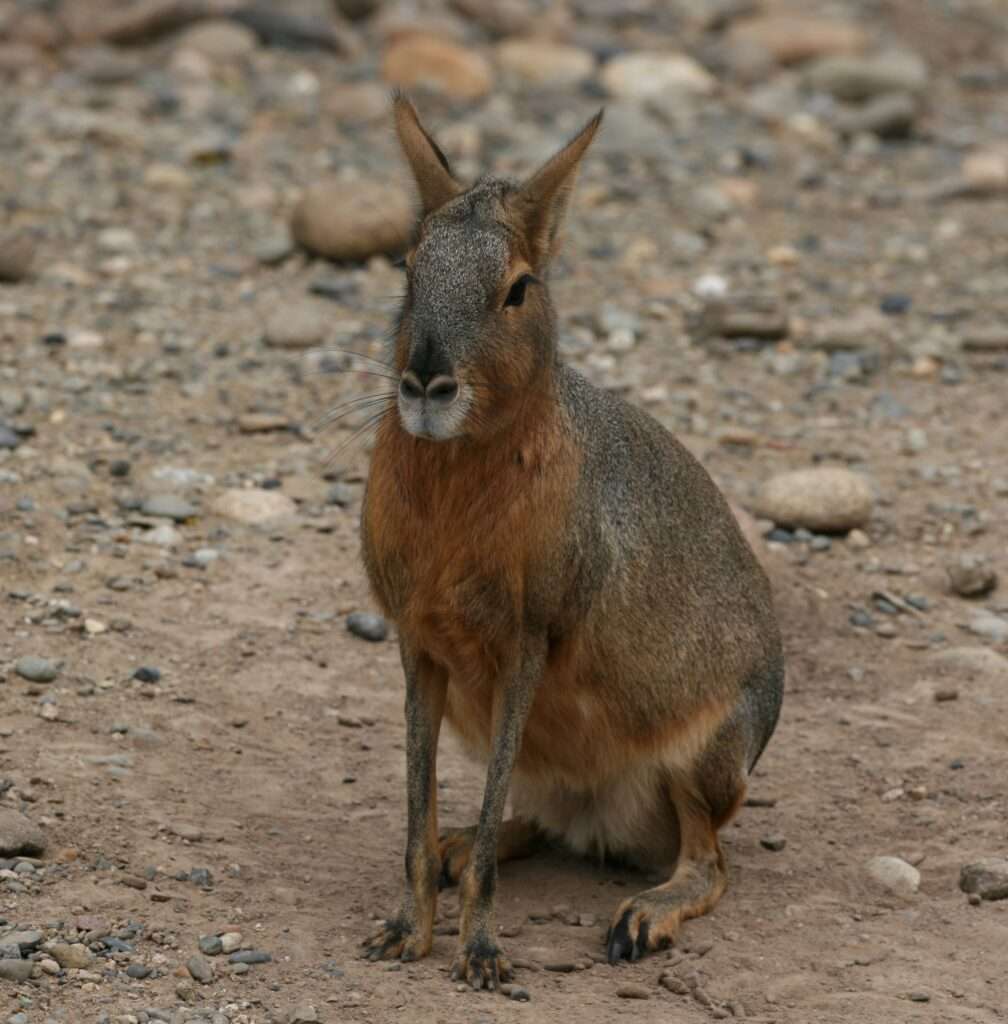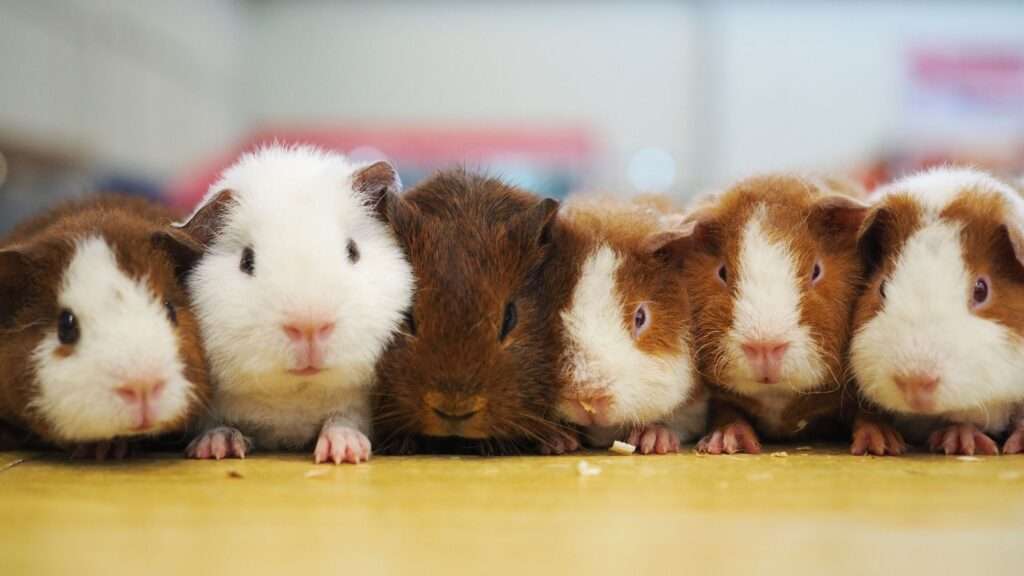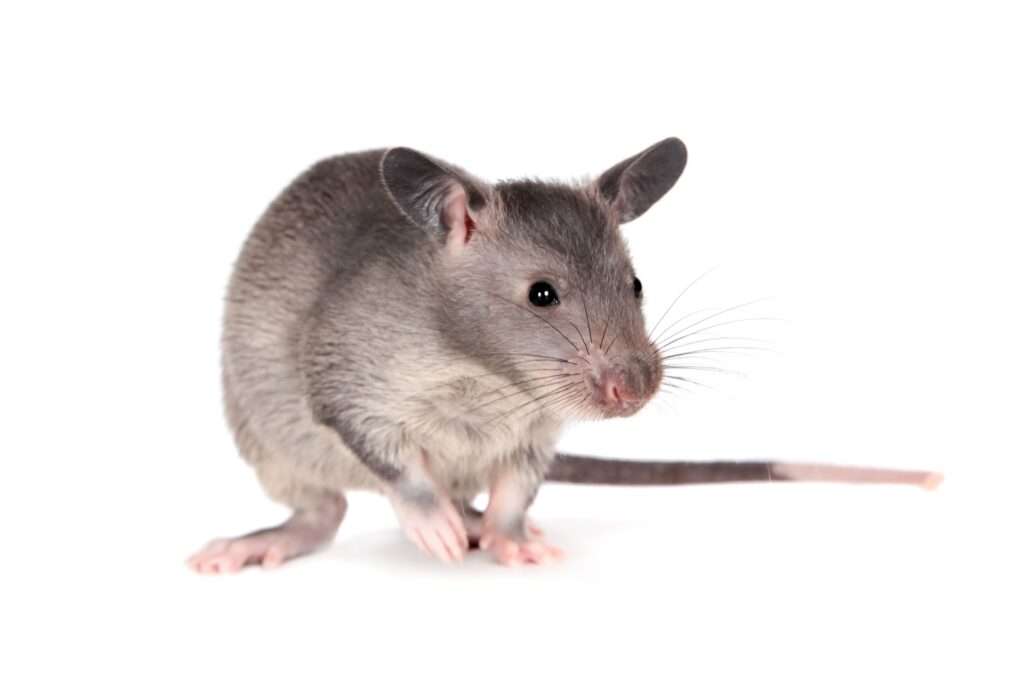
One of the more peaceful exotic pets is the Patagonian cavy. These giant rodents are related to guinea pigs and can be kept in indoor cages, but considerably larger, when not supervised. Cavies are quiet animals that enjoy being caressed and may be quite friendly with their owners. Despite having enormous teeth, they are not bitter. Furthermore, because they are diurnal animals, they are easier to keep on a conventional human schedule than nocturnal exotic pets. Some owners are even able to teach their cavies to use a litter box and walk on a leash. If you are unable to walk your cavy on a regular basis, it is critical to provide a large and secure outside enclosure where your cavy may play.
As Pet/ In Captivity

Temperament and Behavior
Patagonian cavies are often active throughout the day in the wild, making them a better pet than a nocturnal animal. Though naturally shy, a cavy can be socialized and friendly if fostered with lots of attention and human contact from a young age. They do not bite, and a well-socialized cavy may even enjoy regular cuddles and belly massages.
With urine and anal gland secretions, male cavies may scent mark their territory, which may encompass your home. Females are less prone to engage in scent marking, hence they are likely to make better pets for the majority of households. In the wild, cavies like to live in male-female bonded pairs.
Housing
Patagonian cavies are sociable mammals that dwell in colonies that resemble prairie dog villages, with many burrows. Each burrow usually has one pair of cavies. Because of their natural desire to burrow, they will try to dig holes in your house’s flooring or furnishings. Because of this tendency, as well as their fondness for chewing, cavies should not be left unsupervised in a human home.
You’ll need a secure enclosure large enough to comfortably contain your cavy when you’re not tending to it.
Eat and Drink
Herbivores are cavies. Patagonian cavies, like guinea pigs, require constant access to hay, such as timothy hay, alfalfa, meadow hay, bluegrass, or oat hay. Hay assists them in filing down their rear teeth (a necessity for these rodents). Supplement the hay diet with professionally prepared rodent or guinea pig chow in captivity. The majority of their food should consist of dark, leafy greens (collards, dandelion leaves, parsley, kale) and fresh grass. You can also give sweet potatoes, apples, and squash as treats on occasion.
They also require vitamin C supplements, just like guinea pigs. You can add powdered vitamin C (the same as people) to their food or buy vitamin C-based rodent snacks from a pet store.
Exercise
Cavies are accustomed to sprinting and leaping on occasion in the wild, in addition to daily roving and grazing. This means that they require space to move in captivity, including the ability to run and jump. Even big cages may not be enough to satisfy these creatures’ need for activity, so start accustoming your cavy to wearing a properly fitted harness and leash early on so you can take your pet strolling or trekking with you.
Purchase/Pricing
Patagonian cavies range in price from $200 to $300. Buy your cavy from a reputable breeder. If you need assistance finding one, chat with an exotics vet who may know someone in their network.
The Benefits and Drawbacks of Owning a Patagonian Cavy as a Pet
If you can offer proper care and habitat for a Patagonian cavy, it can be a delightful and gratifying pet to own. Despite their natural need to dig, they may be affectionate and even learn to walk on a leash. Cavies, on the other hand, demand a lot of attention and a fairly safe enclosure where they can be left when you’re not overseeing them.
Table





